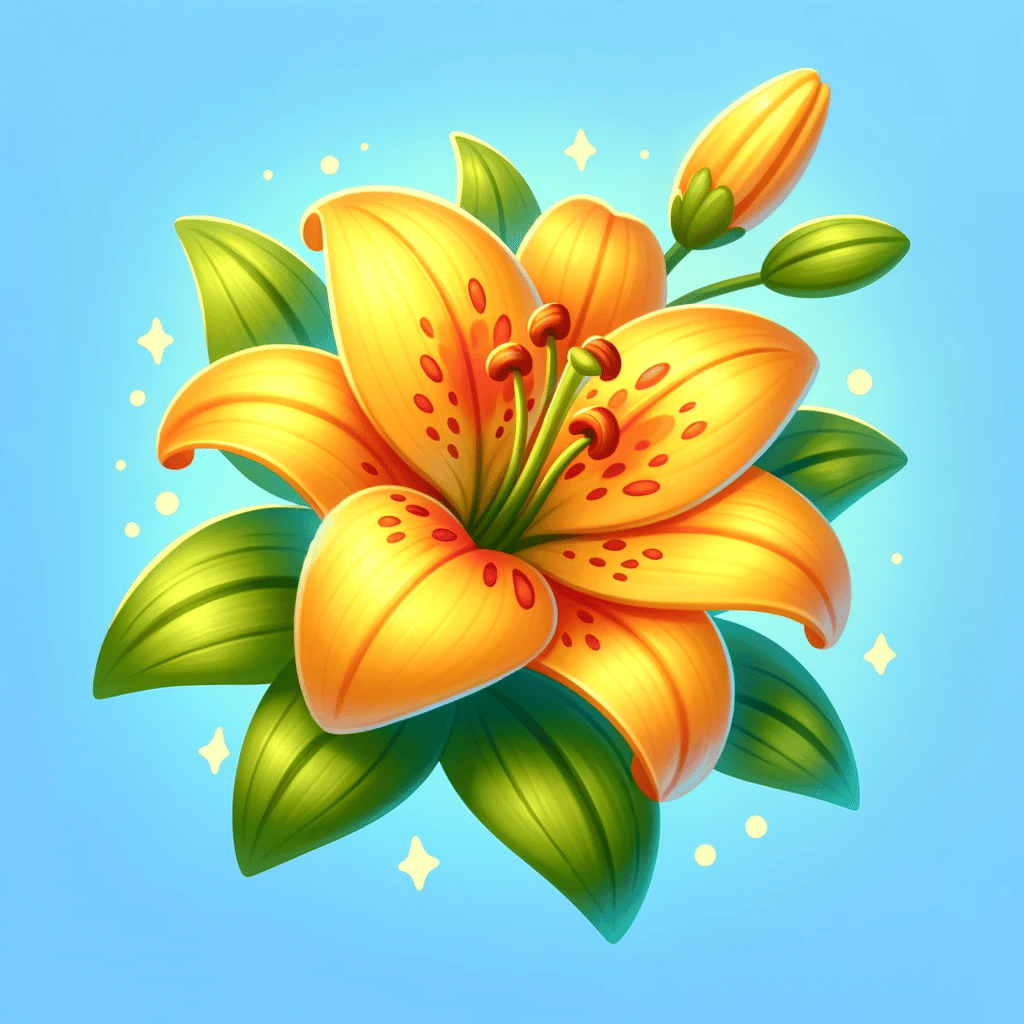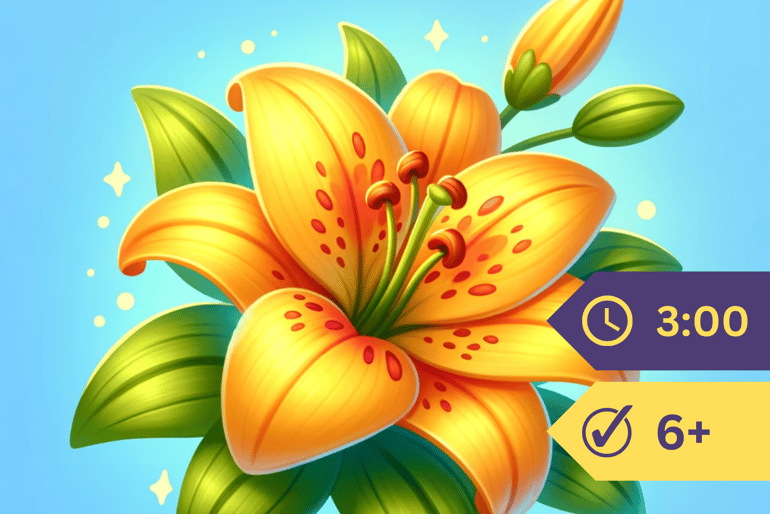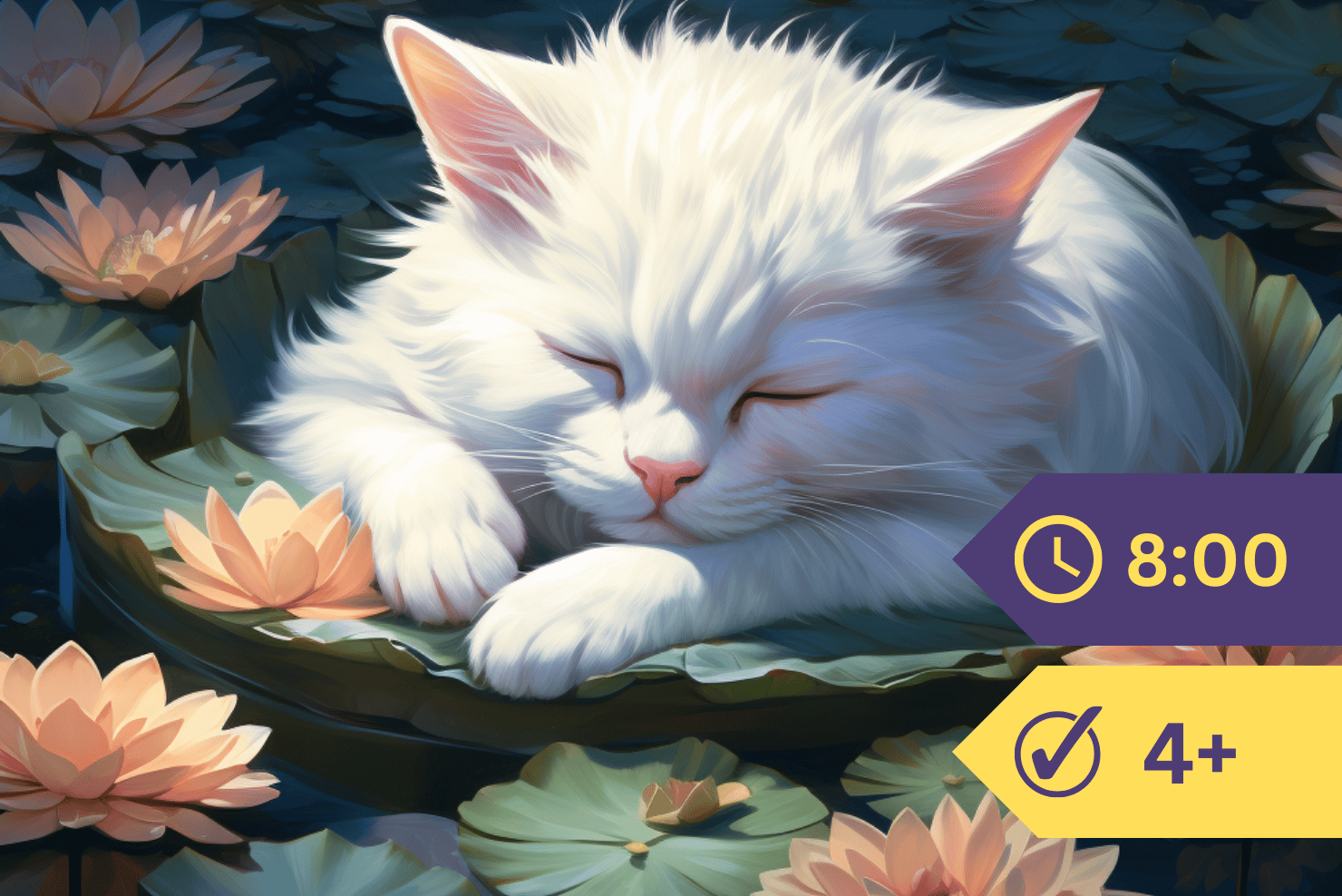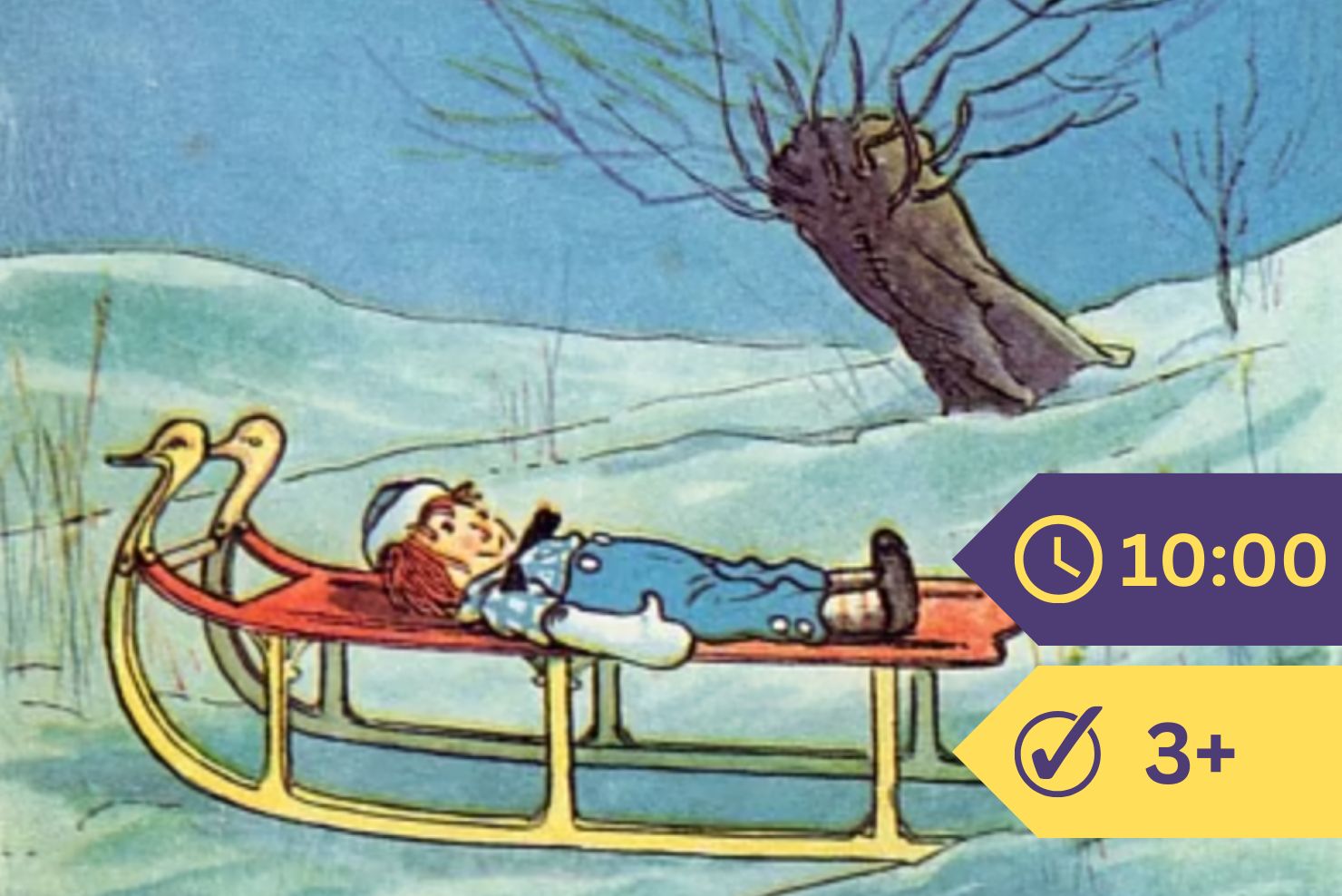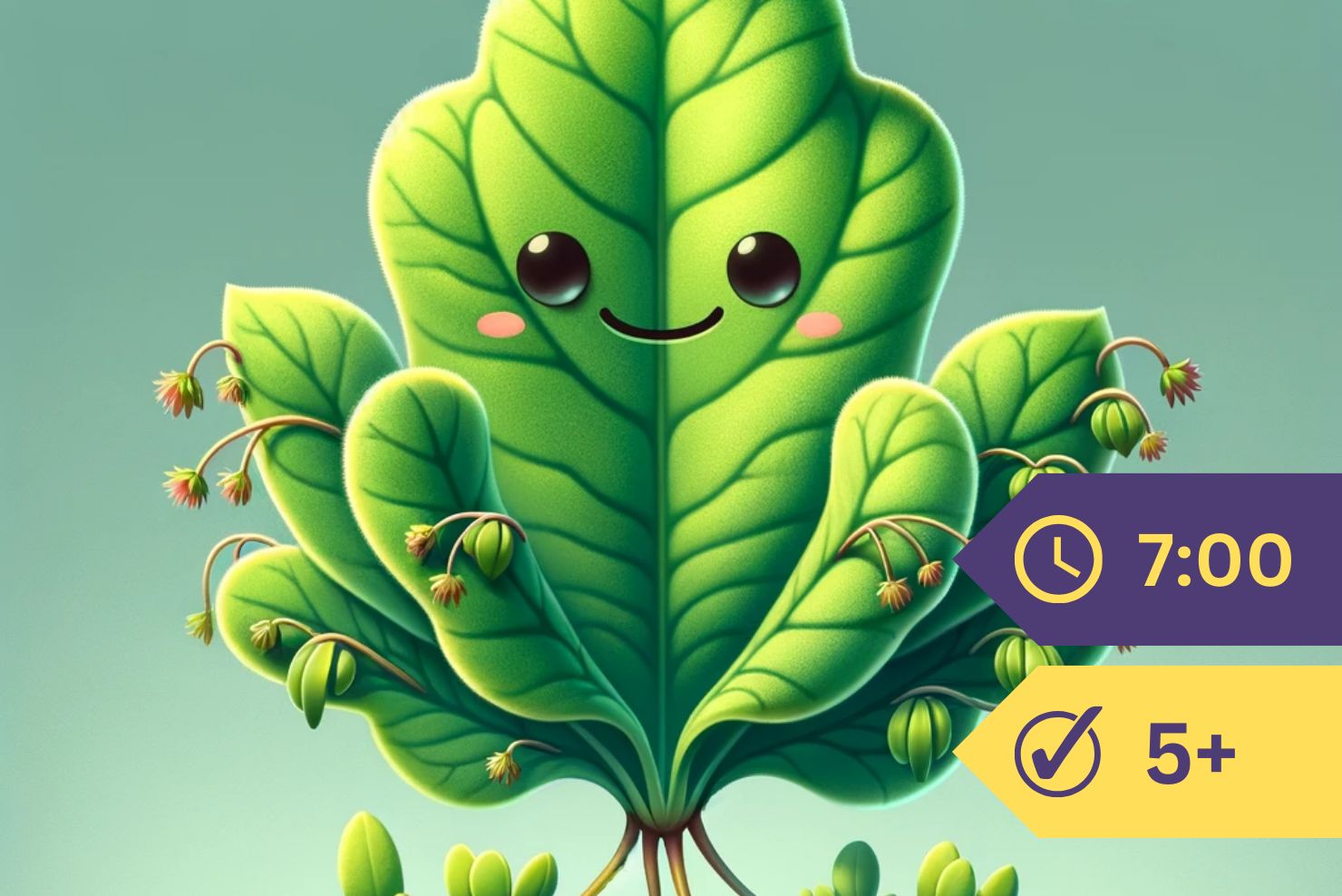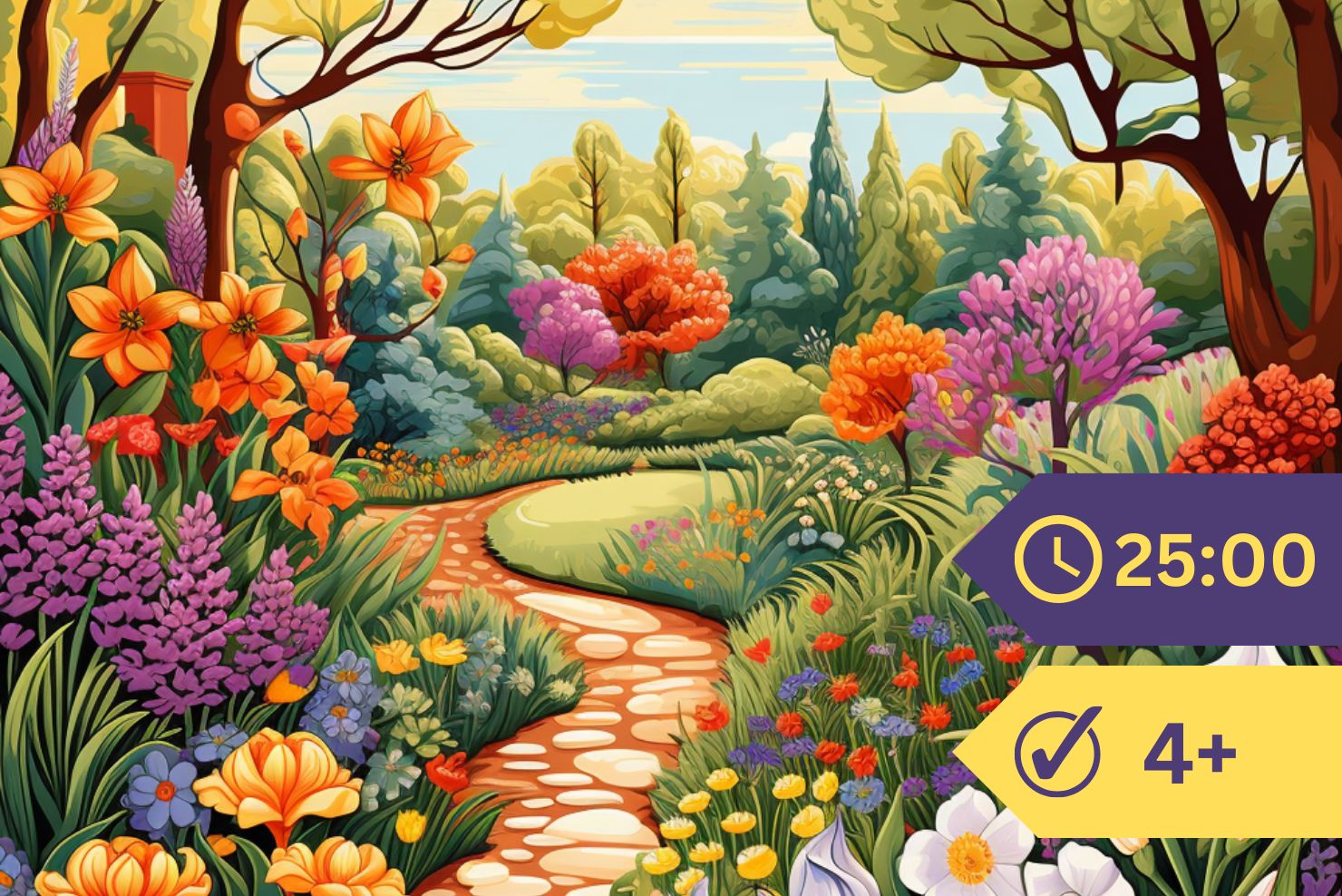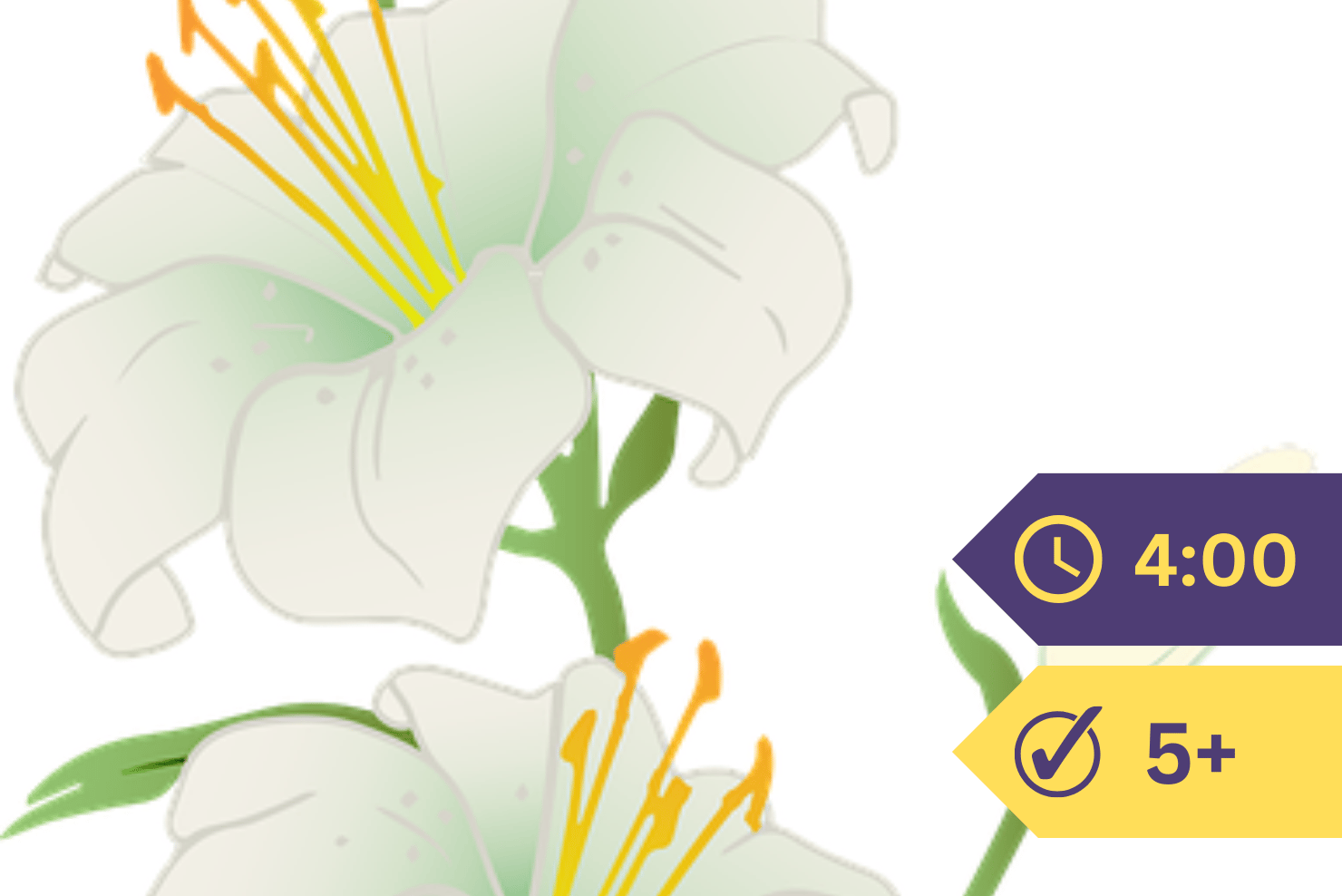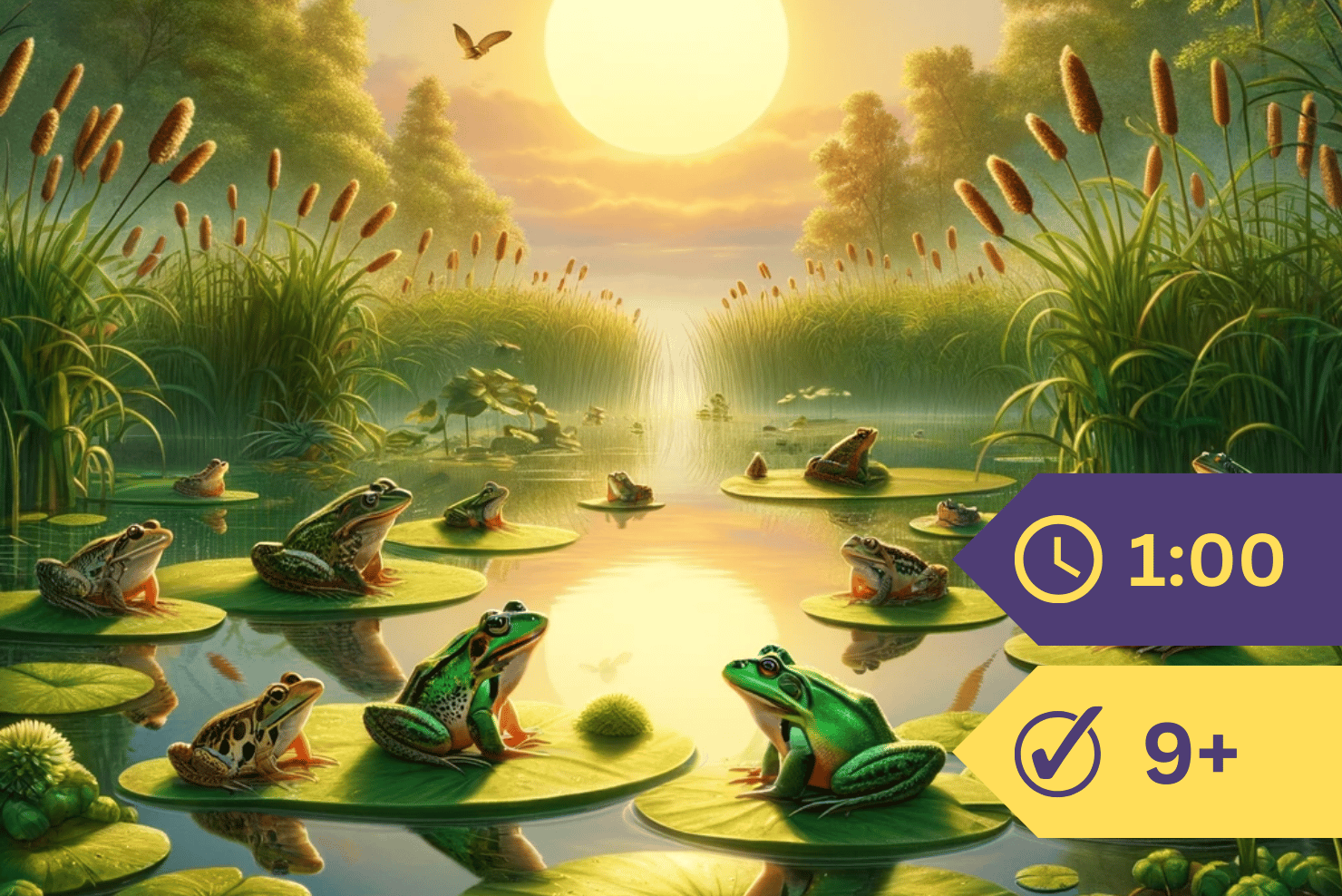Think most of you know by sight at least one of the three following flowers.

I have asked for pictures of three different kinds of lilies, so that the city and country children alike may recognize an old friend; for every spring the white Easter lily stands outside the flower shops, and decorates the churches, and travels through the streets in the peddler’s cart; while in summer time the country is bright with the wood and meadow lilies.
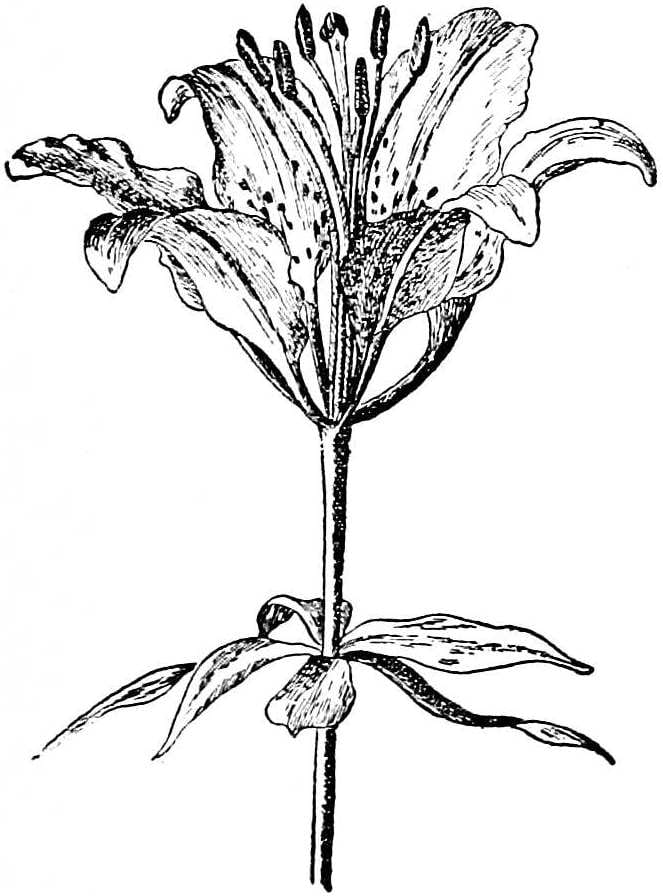
And I hope that even now one of the living blossoms is before you, for I want you to see for yourselves what plan these lilies use in flower building.
The building plan of the cherry, you remember, began with a green cup or calyx.
Do you find in the lily any green cup?
No, there is nothing of the sort in the lilies. You see only a circle of flower leaves. In the last chapter you learned to call such a circle the corolla. But the wise men say that without a calyx there cannot be a real corolla. So in the lily we will speak of the “flower leaves” instead of the corolla.

Next we find six of the pins with dust boxes, or the stamens.
And then we come to the pin with a seedbox below, or the pistil.
So the building plan of the lily has only three divisions:—
- Flower leaves.
- Stamens.
- Pistil.
If you look at the lower side of the outer row of flower leaves, you will see that they are streaked with green; and that when the flower is still in bud, only the green, thick parts of these leaves are exposed to the wind and cold, while the more delicate parts of the blossom are hidden almost as snugly as though they were covered by the leaves of a green cup or calyx.
These lilies are pleasant flowers to study. Their different parts are so large and simple that you have no doubt as to what they are meant for. The bees could hardly overlook their great, showy handkerchiefs; and the heaping dust boxes must powder the visiting bees so freely with golden or brownish dust, that plenty of this is sure to be carried to the pistil of a neighboring blossom; and the flat tip of this pistil is so large and so sticky, that, once the dust is brushed upon it, it is sure to stay there until its wonderful work is accomplished.
